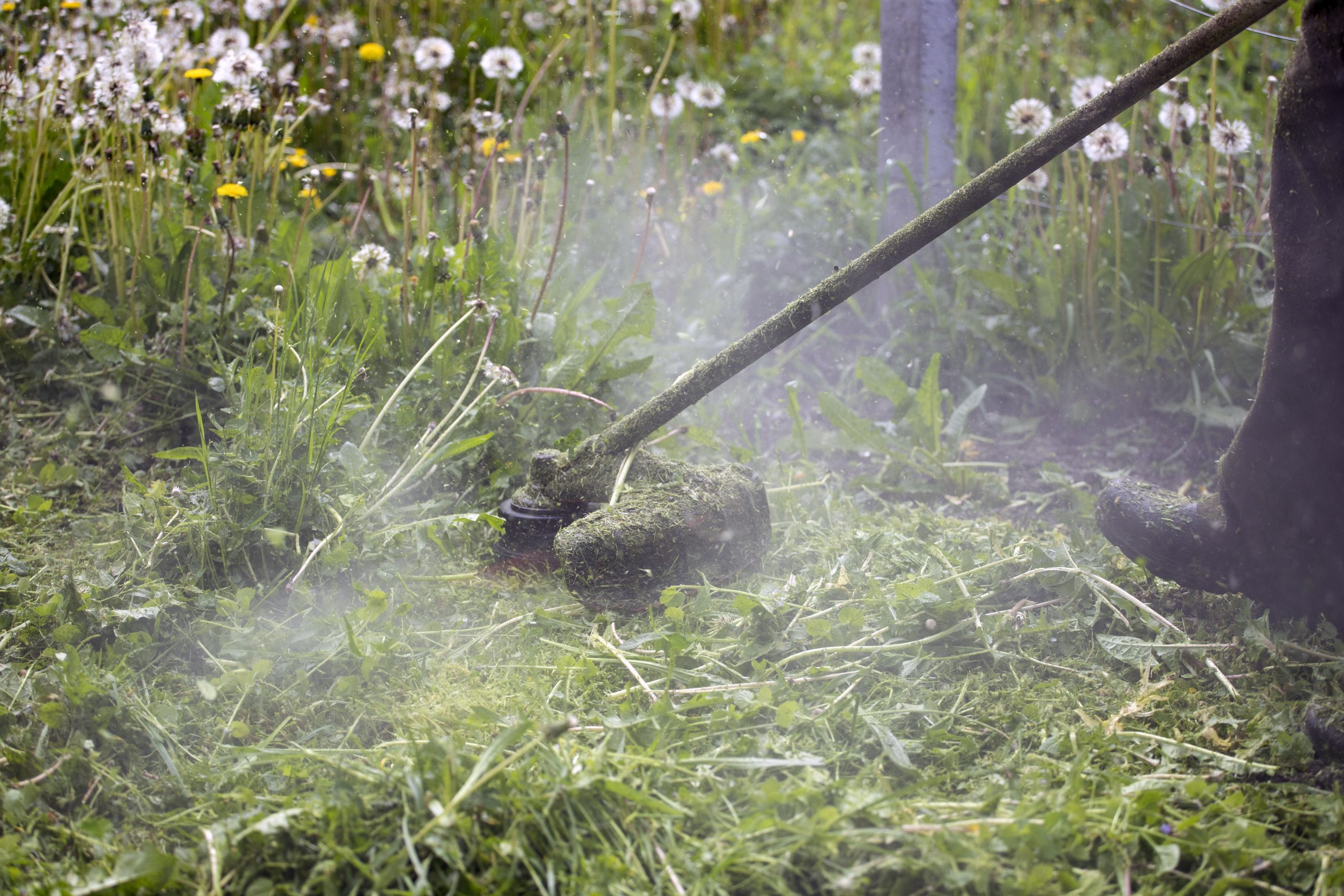Growing a vibrant, healthy lawn is both a science and an art. It’s also a serious commitment. It’d be nice if all it took was occasional watering and mowing, but you probably already know that there’s more to the game. Plus, what fun would that be, right?
The good news is that it doesn’t take a lot to put you ahead of the homeowner pack. It all starts with knowing what NOT to do, avoiding common mistakes that seriously stunt your lawn-growing potential.
Consider this your cheat sheet! And if you have more questions, or need professional lawn care help, be sure to contact us at Elements Lawn & Pest.
1. Neglecting Soil Preparation
Proper soil preparation is the foundation of a healthy lawn. Neglecting this crucial step can lead to poor growth and nutrient deficiencies. Start by conducting a soil test to determine its pH level and nutrient composition. Based on the results, treat the soil with appropriate organic matter or fertilizers to create an optimal environment for your grass to thrive.
2. Overwatering or Underwatering
Watering your lawn is essential, but it’s important to strike the right balance. Overwatering can drown the roots and promote disease, while underwatering leads to shallow root growth and a weak lawn. To avoid these pitfalls, water deeply but infrequently. Aim for about an inch of water per week, ensuring that the moisture reaches the root zone.
3. Improper Mowing Techniques
Improper mowing practices can leave your lawn vulnerable to stress, diseases, and weed invasions. Avoid cutting your grass too short, as it weakens the root system and increases water loss. Additionally, mow regularly to maintain an ideal height for your specific grass type. A general rule of thumb is to trim no more than one-third of the grass blade length at each mowing.
4. Neglecting Weed Control
Weeds can quickly overtake a lawn, robbing it of nutrients and space. Ignoring weed control invites these unwanted intruders to establish their roots. Stay vigilant by regularly inspecting your lawn for any signs of weeds. Use appropriate methods, such as manual removal or targeted herbicides, to effectively eliminate them while preserving the health of your grass.
5. Misusing Fertilizers and Pesticides
Using fertilizers and pesticides incorrectly can do more harm than good. Over-application of these products can lead to nutrient imbalances, chemical burns, and environmental pollution. Always follow the instructions carefully, applying them in the recommended amounts and at the appropriate times. Consider natural alternatives and integrated pest management practices to minimize the use of synthetic chemicals.
6. Ignoring Lawn Aeration
Lawn aeration is often overlooked but plays a crucial role in maintaining a healthy lawn. By allowing air, water, and nutrients to penetrate the soil, aeration promotes root growth and reduces soil compaction. Consider aerating your lawn annually, especially in high-traffic areas or if the soil feels hard and compacted.
7. Lack of Proper Lawn Maintenance
Regular maintenance tasks are key to keeping your lawn in top shape. Neglecting essential practices like raking, dethatching, and overseeding can result in a lackluster lawn. Stay proactive by removing debris, dethatching when necessary, and overseeding to fill in bare spots. These simple steps will contribute to the overall health and beauty of your lawn.
Lawn Care FAQs
Q: Can I use regular garden soil for my lawn?
It’s not recommended. Garden soil is often too heavy and can lead to poor drainage. Instead, use a well-balanced topsoil or specialized lawn soil for best results.
Q: How often should I water my lawn?
It depends on several factors like grass type, climate, and soil conditions. As a general guideline, aim for 1 inch of water per week, including rainfall. Deep, infrequent watering promotes healthy root growth.
Q: When is the best time to fertilize my lawn?
Timing depends on your grass type and region. In general, it’s best to start fertilization in early spring all the way through the fall. Avoid fertilizing during extreme heat or drought conditions, as this can stress the grass. Please consult a lawn care professional for questions.
Q: Can I mow my lawn when it’s wet?
It’s generally not recommended to mow a wet lawn as it can cause uneven cuts and clumping of grass clippings. Wait until the grass is dry to ensure a clean and even mow.
Q: How can I prevent lawn diseases?
Proper lawn care practices play a crucial role in preventing diseases. Avoid overwatering, promote good air circulation, and mow at the recommended height. Additionally, choose disease-resistant grass varieties suitable for your region.
Q: What should I do about bare spots in my lawn?
To address bare spots, start by removing any dead grass and loosening the soil. Overseed the area and keep it consistently moist until the new grass establishes. Also, consider using a starter fertilizer to encourage growth.

